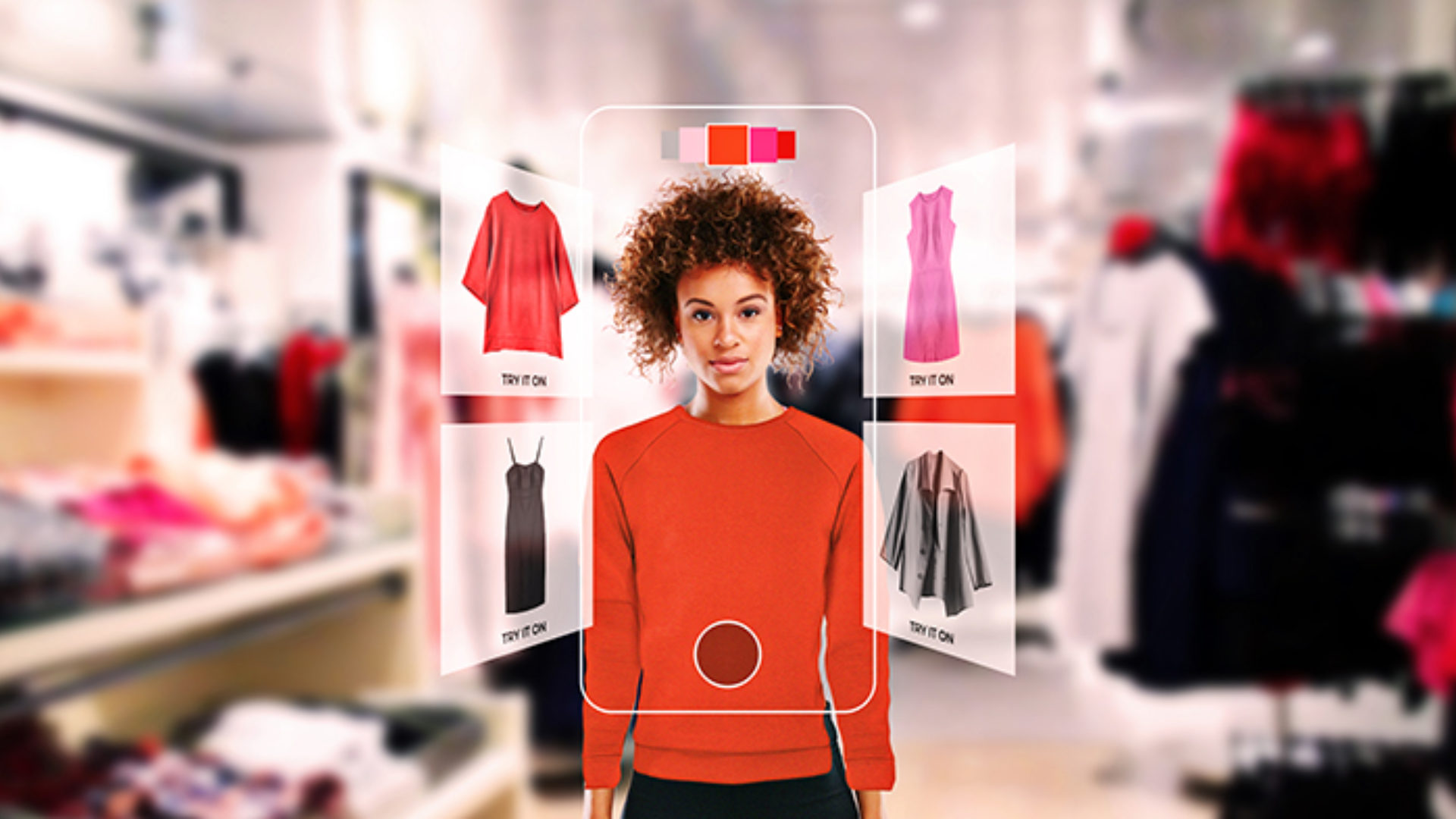Shopping isn’t just a task anymore—it’s an experience to be savored. And in 2023, virtual retail is elevating this experience to new heights. Enter the virtual store, a fusion of technology and retail that’s redefining how we browse and buy. Thanks to immersive technologies like Virtual Reality (VR) and Augmented Reality (AR), shoppers can now enjoy an online space where they’re not just scrolling through pictures, but actually ‘walking’ through digital aisles, inspecting products as if they were physically present.
These virtual stores seamlessly blend elements of e-commerce, VR, and AR, creating an immersive shopping environment accessible from anywhere in the world. It’s like stepping into a game, where the objective is to shop interactively and engagingly. From trying on clothes in a virtual fitting room to visualizing how furniture fits in your living room, virtual retail offers a futuristic glimpse of how limitless and personalized shopping can be.
In this article, we’ll explore some top virtual stores that are changing the game. But first, let’s look at the challenges retailers face when creating a virtual shopping experience.
Virtual Stores: Key Challenges
Building a successful virtual store is like directing a film—every detail counts. The first major challenge is technology. It must be cutting-edge, reliable, and user-friendly. You’re crafting a digital world that needs to be navigable and visually appealing to engage customers effectively. Next, realism is crucial. How real do your virtual products look? Customers need to inspect items closely, just as they would in a physical store.
Another key aspect is personalization. A virtual store should not only know what customers want but also recommend products they didn’t even know they needed, requiring advanced data analytics capabilities. Accessibility is equally important. The virtual shopping experience must cater to everyone, regardless of their tech skills.
Lastly, even in a digital realm, the human touch remains vital. Whether through live chat or virtual assistants, ensuring that customers feel valued is key. Balancing these elements is no easy task, but when done right, a virtual store becomes more than a platform—it becomes an experience.
Big Brands Leading the Way in Virtual Retail
Several global brands are pushing the boundaries of virtual retail. Here are a few of our favorite examples:
Hugo Boss
Hugo Boss has partnered with Reactive Reality to introduce a virtual fitting room on their website. This feature allows shoppers to create avatars with their measurements, providing a realistic, personalized representation of how clothing will fit. It even takes body shape into account, making online shopping more inclusive and functional. Read more about it here.
Nike
Nike launched Nikeland on Roblox in 2021, offering a fully immersive brand experience. Users can explore products, engage in interactive activities like sports games, and shop in a unique virtual environment. This gamified approach makes shopping fun and interactive. Check out Nikeland here.
Amazon
Amazon’s View in Your Room feature lets users virtually place furniture items in their spaces using their smartphone cameras. This advanced AR tool offers a comprehensive view of how different products look together. Learn more about Amazon’s virtual shopping experience here.
Tommy Hilfiger
Tommy Hilfiger has teamed up with Emperia to launch a virtual store across platforms like Decentraland, Roblox, and Spatial. This strategy allows customers to shop collections in a fully immersive environment. Explore Tommy Hilfiger’s virtual store here.
Burberry
In 2021, Burberry created an interactive virtual replica of its Tokyo flagship store, in collaboration with Elle Digital Japan. Shoppers could explore and purchase items from Burberry’s collection while enjoying styling tips integrated throughout the store. Dive into the Burberry virtual store here.
Metalitix: Optimizing Virtual Retail
Virtual stores offer endless possibilities, but understanding consumer behavior is critical. Metalitix is revolutionizing how retailers gather insights from virtual store interactions. Using tools like heat maps, gaze tracking, and performance data, Metalitix allows retailers to see where shoppers linger and which areas drive the most engagement. This data helps improve store layouts and anticipate consumer trends, making the virtual shopping experience more personalized and efficient. Discover Metalitix’s capabilities here.
Conclusion
Virtual retail is transforming the shopping landscape, offering an immersive, personalized, and fun way to shop from anywhere. As technology continues to evolve, we can expect even more sophisticated virtual stores in the future. Whether you’re trying on clothes, placing furniture in your home, or browsing in a gamified environment, virtual shopping is here to stay.
Explore these virtual stores and experience the future of shopping today!
